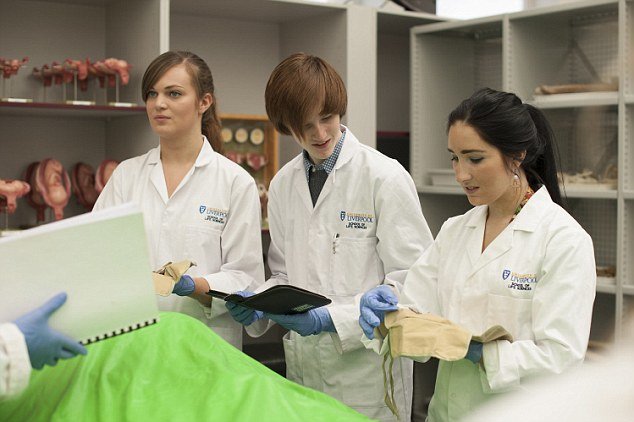We’ve all heard people talk about ‘donating their body to science’ but the process of doing so and knowing exactly what happens to your body after your death is somewhat confusing.
In the United States, there are a number of accredited organizations – or so-called ‘body brokers’ – that may be able to use your body for a scientific cause, but the process can be controversial due to the lack of strict regulations.
Are Donated Bodies Really Used for Scientific Purposes?

Most medical institutions will reject a body if an autopsy is required after death
A recent investigation by Reuters discovered that these so-called body-brokers which accept body donations in the name of science, are only regulated in 10 states in the country, and only a few of them undergo rigorous inspection. If you sign up to donate your body to an organization, it is important to keep in mind that your body is no longer your property after death, which means that these organizations can choose to use it for whatever purpose they deem fit – even if you don’t approve of it.
The body donation business is much more regulated in the U.K. than it is in the United States. There, all medical institutions that accept donations, are licensed by a single authoritative body called the Human Tissue Authority, and any illegal selling of body parts, is strictly prohibited by the 2004 Human Tissue Act.
Conditions for Body Donations
Body donations are invaluable to the science and research community where organs and tissues serve the purpose of teaching professionals and medical students about how the body works. However, not all body donations are accepted by scientific organizations.
According to the rules, the donor must fulfill some conditions such as being in good health before death and not have any history of disease in order for the donation to be accepted.

Did you know what with proper preservation, a dead body can last in the refrigerator for almost a decade? It can later be used for scientific purposes or students of the medical school
What Happens Afterwards
If the donation is accepted, the organizations must adhere to strict regulations by the HTA in regards to ethical treatment of the dead body. Sometimes, institutions also plan a memorial service to pay respect to your cadaver before anatomization. To prepare for dissection, the medical experts inject the dead body with preserving fluids to get rid of any infections and make sure that it is good for use months or even years after being stored in the freezer.
It may take several months for researchers to remove the skin from the body and inspect the organs and tissues inside. Once the research finishes, the body – or whatever is left of it – is cremated. But cadavers aren’t only used for educational purposes; in some cases, researchers use them as crash dummies to inspect bone fractures and damage through x-rays whereas in others, they are displayed in science exhibitions.

Unethical Treatment and Illegal Sale of Body Parts
If you wish to donate your body for a scientific cause, the U.K.’s Human Tissue Authority lets you choose the institution and the purpose you’d prefer it to be used for. Dr Peter Bazir works with Hull York Medical School, one of the nineteen institutions licensed by HTA, which accepts bodies for the purposes of anatomical education.
Bazira explains that the bodies are embalmed and dissected by the students or medical experts. The donor can specify the time frame in which they would like their bodies to be used, but typically, an embalmed cadaver can be stored up to three years before being dissected.
However, the process is more questionable in the United States where a body can be used by multiple institutions for purposes that the donor did not approve of. A report by Quartz made a shocking revelation about how a dental surgeon from Oregon was able to buy an entire freezer filled with human heads for his own personal experiments. Since no state law regarding the sale of dead bodies existed in the state, the dentist did not face any prosecution.
Due to the lack of regulations, most people are hesitant in donating their body to science, since they could easily end up in the wrong hands. Instead, donating your organs to save someone else’s life could be a better use of your cadaver after you die.










